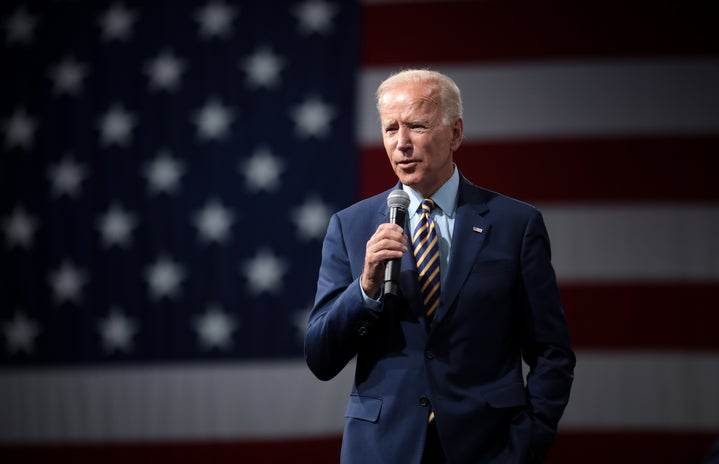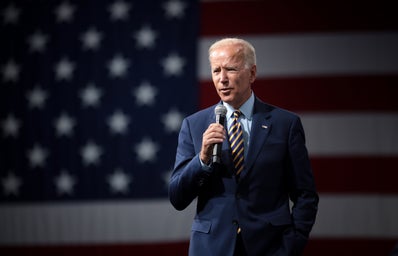What is it?
On 13th March 2023, American President Joe Biden approved the controversial Alaska oil and gas development programme named The Willow Project. The project will take place on Alaska’s North Slope, home to many sensitive environmental areas and wildlife populations. This will be the largest oil development scheme in the area for decades and will produce up to 180,000 barrels of oil each day, with a proposed 8 billion-dollar budget. The project has been met with significant opposition from environmental groups who argue that it could significantly harm the fragile Alaskan ecosystem. The project approval comes despite Biden’s campaign for “No more drilling on federal lands, period,” in 2020, when he promised to take action on climate change and transition towards a clean energy future.
Why does it matter?
The Willow Project will supposedly help replace Russian oil supplies, as many countries were heavily impacted by the Ukraine invasion. Simply put, the project will give America more state power and independence compared to relying on external oil sources. Unfortunately, whilst 180,000 barrels a day, job security, investment in local infrastructure, and an increase in state power sound ideal, this does not come without devastating impacts.
Firstly, not all oil is replaceable. Whilst the surplus of barrels sounds positive, the chemistry of Alaskan North Slope crude oil is different from the light shale oil or heavier oils that originate in countries like Russia. This means that the Alaskan oil will need to be blended before entering the market and won’t be a perfect replacement for other oils. Additionally, the project is located on federal land, so the state will only profit from production taxes and will be unable to collect royalties on the oil production. This greatly impacts Alaska, as it is the third most reliant state on oil. ConocoPhillips, the business behind the Willow Project, benefits from the state oil tax system, allowing them to write off its developing expenses immediately against other production, reducing taxes for up to eight years. This is dependent on the cost per barrel: if sold for $60, the negative effects on the state would be reduced as ConocoPhillips wouldn’t be able to write off the expenses immediately. However, if sold at $75 a barrel, they would be able to write it off.
In 2018, an analysis performed by the governor’s office indicated up to $1.6 billion in negative revenue through 2025. Another source has stated that it will generate between $8-$17 billion in revenue.
Secondly, states such as California and Washington will be top domestic markets for this Alaskan oil, yet these states have been pushing to promote electric vehicles and move away from fossil fuels.
Whom does it affect?
The project is set to generate 278 million metric tonnes of CO2e (a unit that measures bundles of greenhouse gases expressed in a single number) over its 30-year lifetime, the equivalent of adding 2 million gas cars to US roads each year. The environmental effects of drilling will be detrimental to local wildlife, as once an ecosystem is destroyed, it’s harder for mankind to rebuild.
Whilst Alaska will be met with an economic boom, local communities are met with a double-edged sword. The project will completely encircle the Iñupiat village of Nuiqsut with oil developments which will threaten their traditional hunting and fishing methods. On the other hand, communities impacted by the development will get $3.7 billion injected into the local economy in the coming decades.
The Alaskan government has said that 85% of the state’s budget comes from oil revenue, making it its biggest industry. This affects public school funding, buildings, and hospitals. Therefore, this project will economically benefit the state and its local governments.
What can you do?
The good news is that protesting has already made a difference. Originally, the project was proposed to be on five sites, however, it has since been reduced to three. With over 1 million letters being written to the White House, 4.1 million petition signatures, and 550 million views for the project on TikTok, people are making a difference.
Sign the petition here to contribute towards this difference:https://chng.it/2RT4P7h8SV
Written by: Elliana Hopwood
Edited by: Joanne Spence-Thomas


